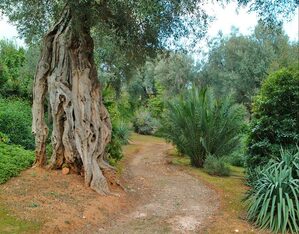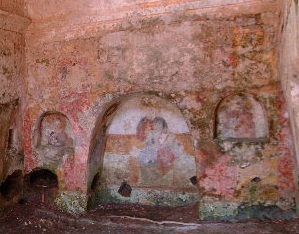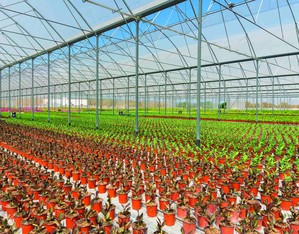Against an evocative natural backdrop of run-off land at the Stefano Capitanio plant nursery, this fascinating botanical garden features rocky gorges, dry-stone walls and cave settlements.
Conceived as an acclimatization site for Mediterranean plants, the path that runs through this garden winds over a blade-shaped run-off area, locally known as a “lama” (a typical erosion furrow carved in the Murgia hills). This evocative three hectare area is characterized by a variety of exposures and microclimates, and features a veritable “wood” of centuries-old olive trees. Over the last twenty or so years, more than 2,000 plant species have been planted in the garden: some are native to and typical of the Mediterranean maquis and Murgia area calcareous cliffs, others are of exotic origin (Australian, South African and South American), and are perfectly adapted to the Apulian landscape as a result to close bioclimatic affinities. Visitors can enjoy this meticulous botanical selection, ranging from the more rigid and sculptural forms of agaves, palms and yuccas, to the soft shapes of cistus, Malvaceae and salvias. Close attention to detail is evident in the skillful juxtaposition of colours, from the soft orange of Aloe to the pink of Venetian sumac and false kapok, from the yellow of Senecio to the blue of Iochroma and Convolvulus mauritanicus. The botanical setting ranges from red Murgian earth (succulents from the Cactaceae and Euphorbiaceae families) to purple carpets of bright flowers from South African Aizoaceae plants.




